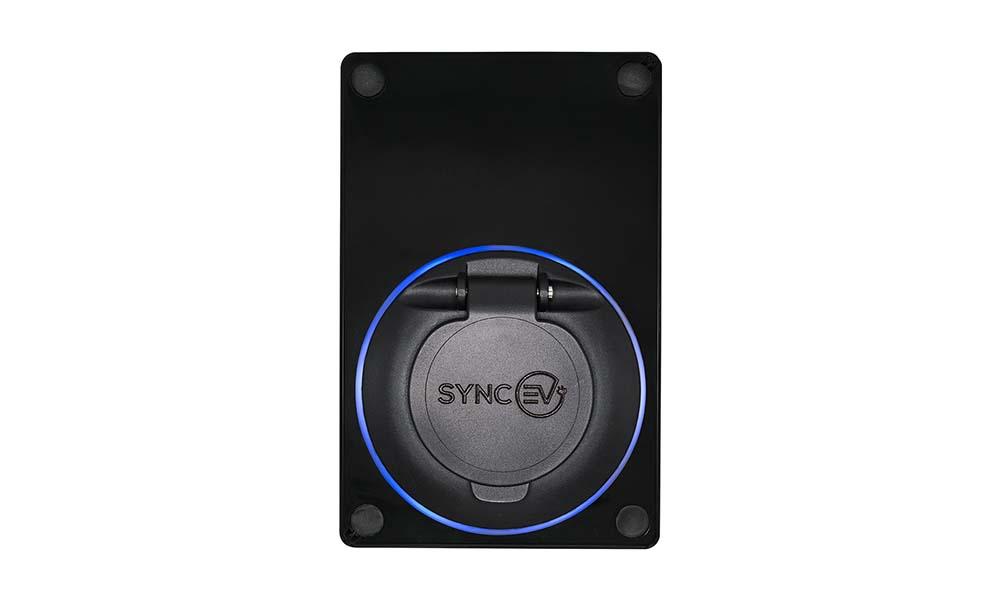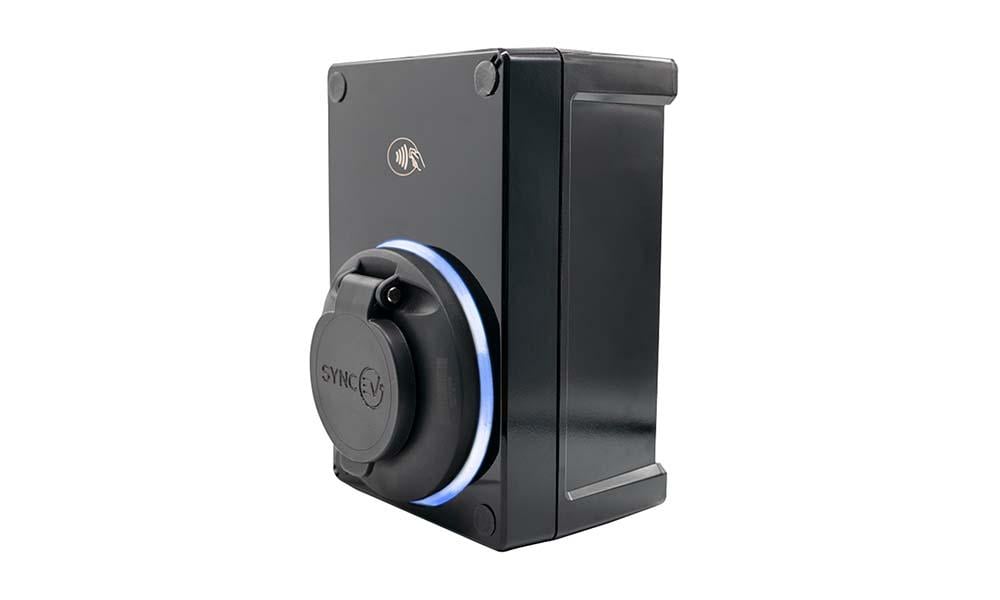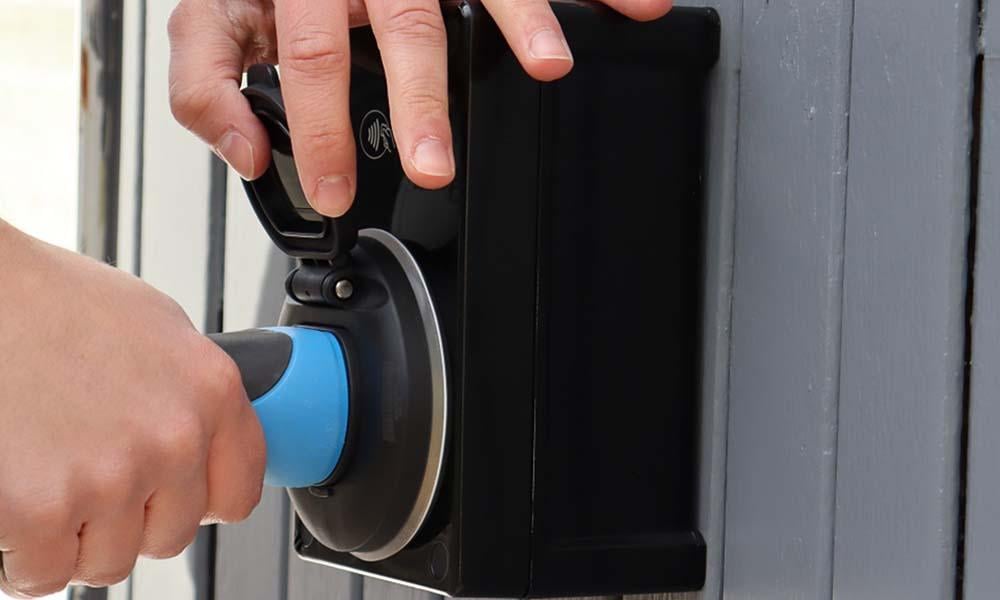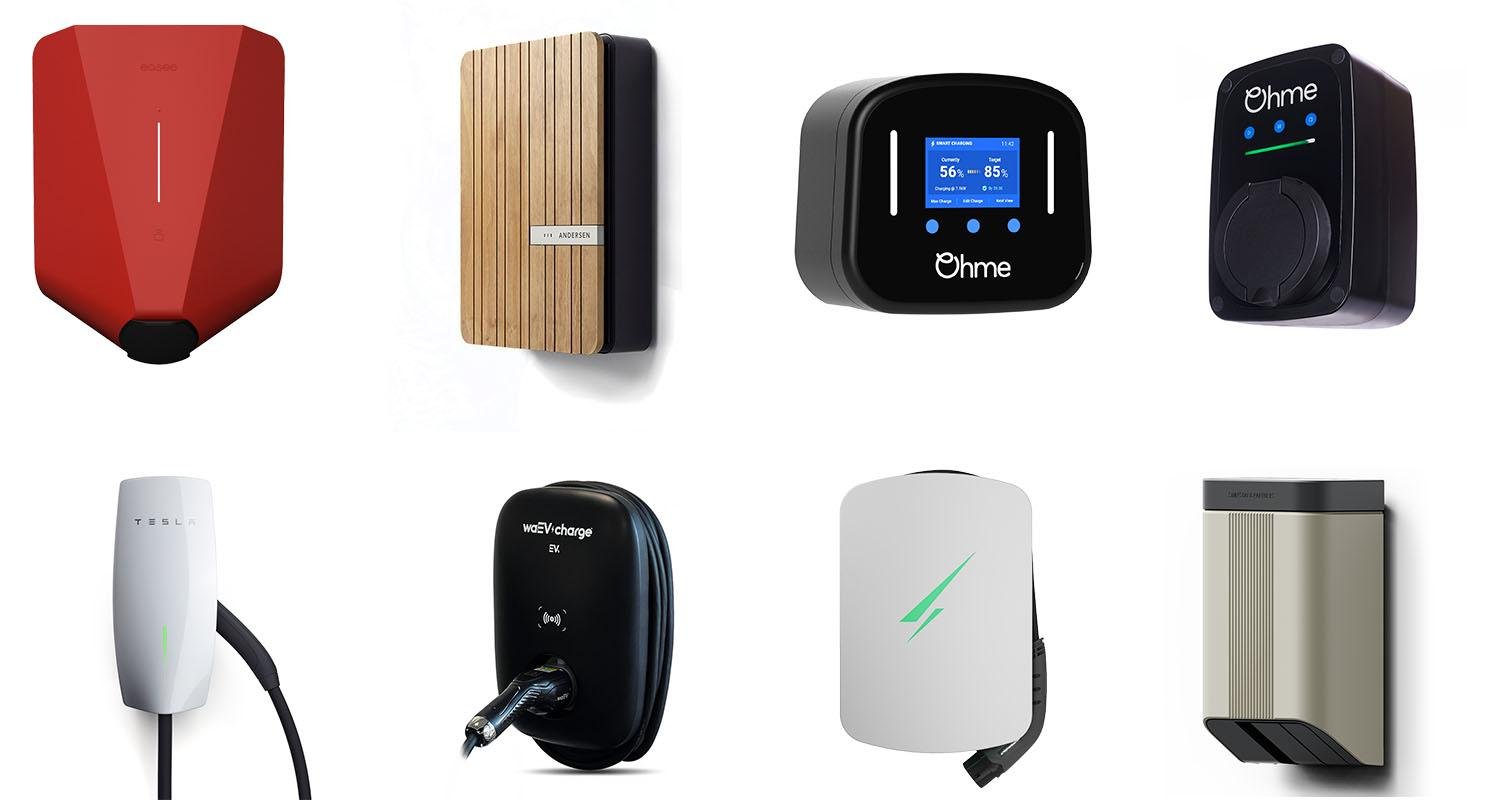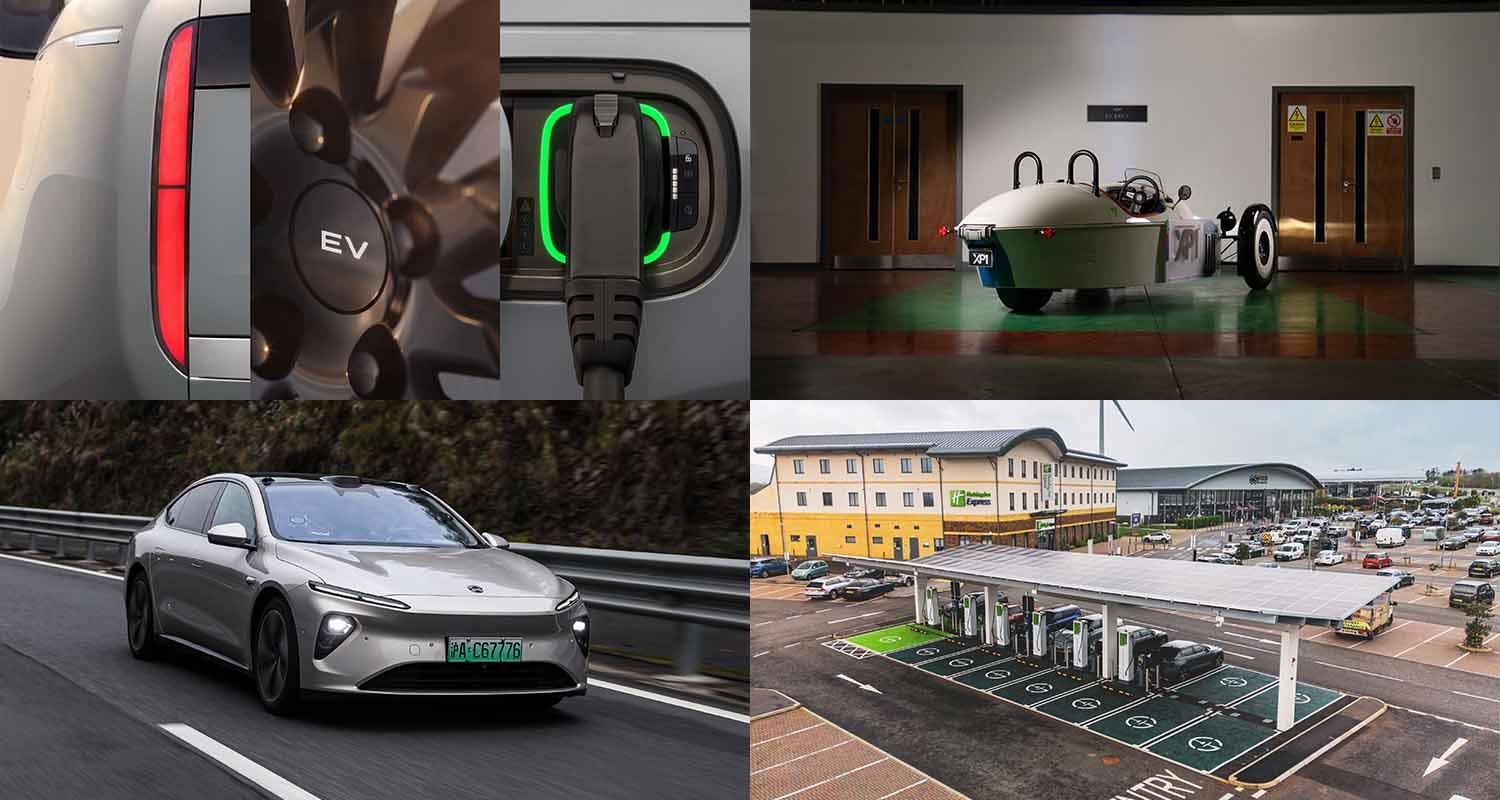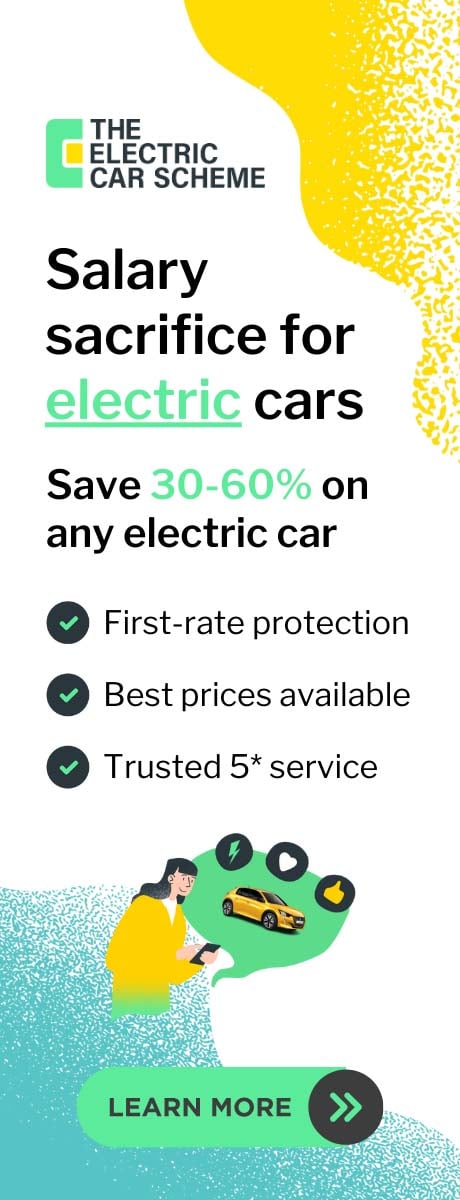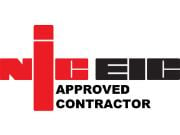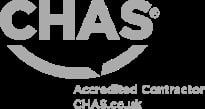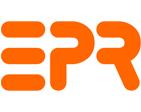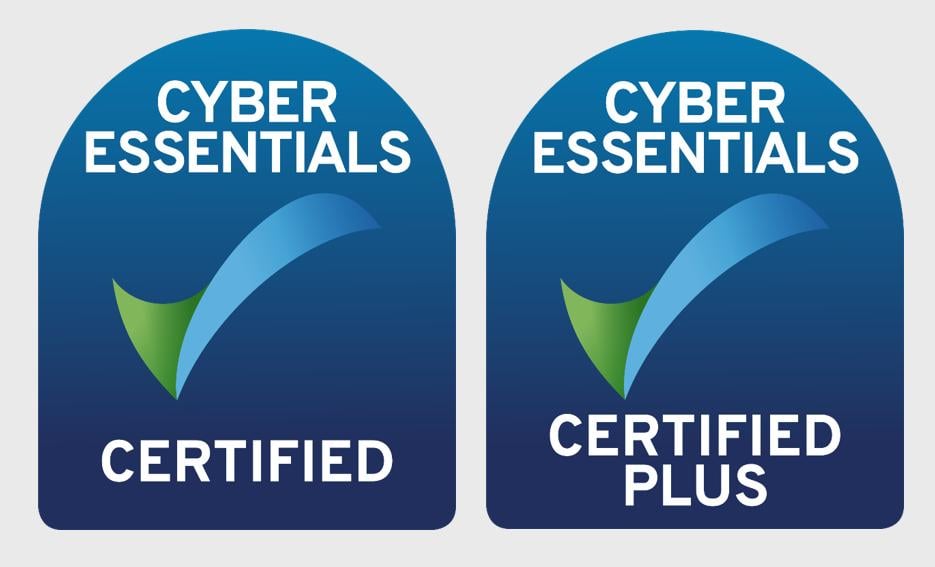Sync EV Review
A small untethered EV charger with some great features, but the app could be a little easier to use
Product overview
Design 4/5
Reliability 4/5
App Features 4/5
User Experience 4/5
Customer Service 1/5
The Sync EV claims to be the world's smallest electric vehicle charger, but is this ambition matched by material quality and an easy-to-use app? Read our Sync EV charger review to find out or watch our video review at the bottom of this page.
Review scores updated 13/06/2022
Sync EV charger overview
Very few EV charger brands are well known, which can be disconcerting to new customers. After all, how do you know which brand is reliable if you don't know any of them?
Sync EV is now part of the Luceco Group PLC - a global manufacturer of LED lighting and wiring accessories founded in 1941, so that should give you reassurance about Sync EV's backing.
Hopefully this Sync EV review, alongside our other home EV charger latest reviews, offers even more reassurance.
Smart and untethered
The Sync EV is one of, if not the, smallest home charge point on the market.
The Sync EV charger itself offers the features you'd expect from a modern smart EV charger, such as smart scheduling via the smartphone app, PEN fault protection, which means an earth rod is not required at installation, as well as load balancing - though this requires additional accessories for an extra cost.
The main choice drivers need to make when it comes to EV chargers is whether they go for tethered (charging cable attached) or untethered which is a socket only where you plug in your own separate cable.
As standard, the Sync EV charge point is untethered. I personally like the cleaner look an untethered charger offers, but many understandably find a tethered charger like the Ohme Home Pro more convenient because the built-in cable is always ready for you.
The Sync EV has WiFi built in to enable its smart features and connectivity with the accompanying smartphone app. It is via the app where you will access the smart features.
The Sync EV starts from £893 with installation at the time of writing. No bargain basement prices to be found here then, but if you want a decent smart EV charger with installation these days then you are going to be looking at £700 upwards anyway.
The Design
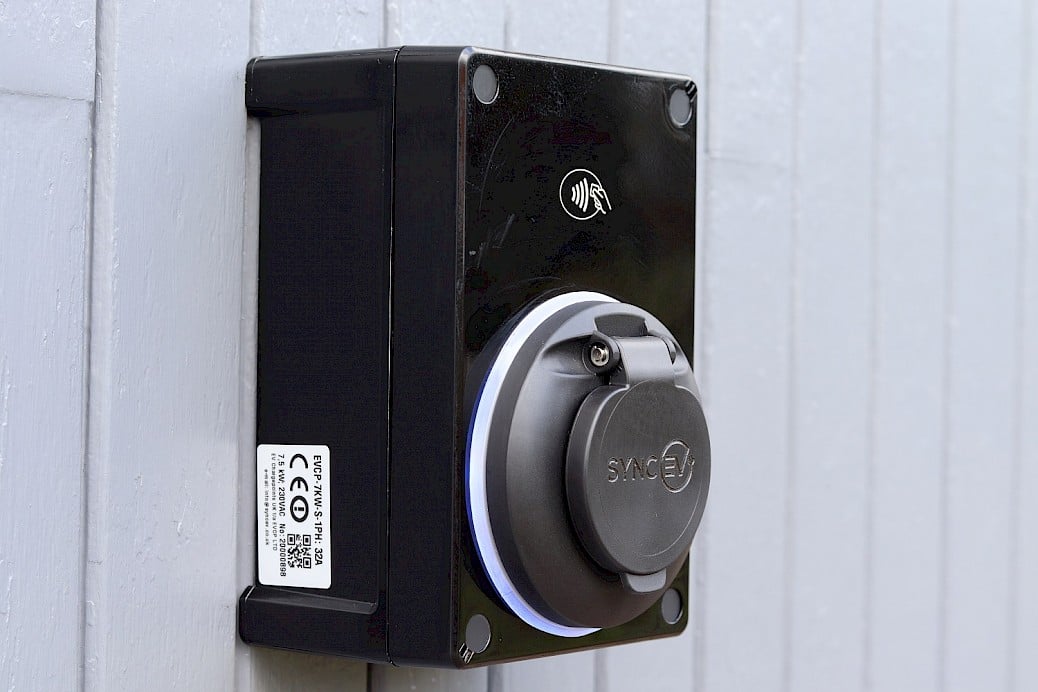
The world's smallest charge point
Sync EV claims this is the smallest home charger in the world. It's not hard to see why as it only measures 187mm high by 112mm wide and 90mm deep.
Compare that to something like the Andersen A2 or even the Easee One and you get a real sense of how small it is.
There's a useful LED light ring which displays the charging status, such as powered on, ready to charge or charging. This is a great feature and it's useful to see that it's working at a glance. You can also turn the brightness down in the app if you find the neon colours a bit boy racer-ish.
Overall, it's a pretty unfussy design. The gloss black finish gives it a smart appearance, although this will attract fingerprints, or you can opt for the white finish.
The Build
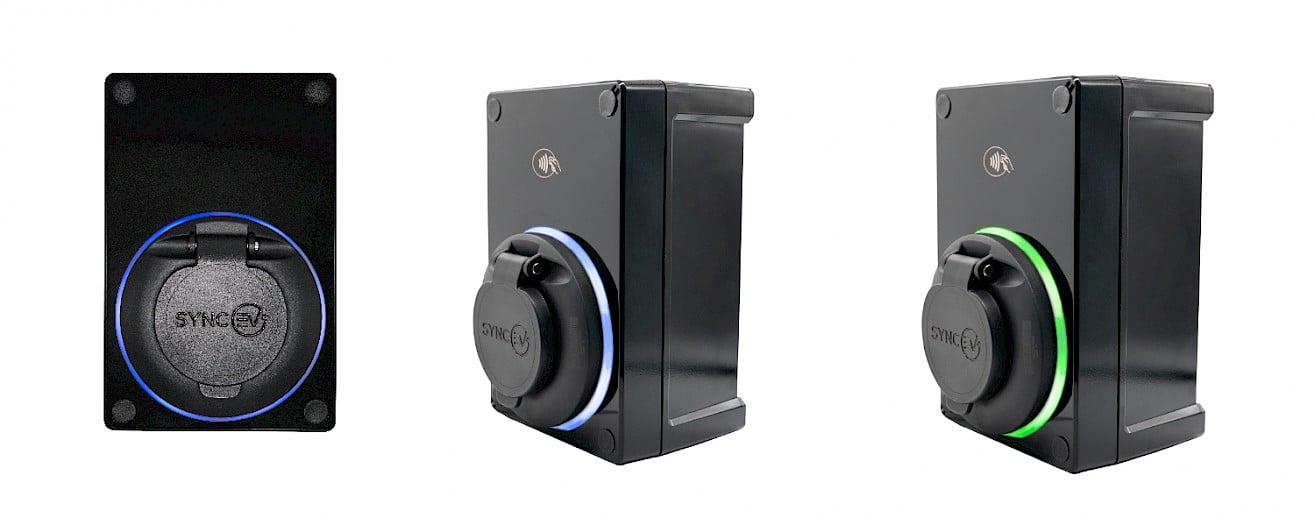
The build quality is what you'd expect at this price point. Well put together, but still almost entirely plastic – you're not going to get high-end materials like you would on an Andersen A2, which is over double the price.
There's good resistance on the socket cover and it feels durable, which is good because you're going to be using that rather a lot.
The Sync EV also includes PEN fault detection, which basically means you don't need to have an earth rod installed at your property or a Matt:E device which can be expensive. So, the Sync EV helps keep installation costs down and avoids the need for a great big copper rod to be driven into the ground at your home. Win win!
The Easee One does offer a nicer finish and better overall build quality in my view and at a similar price point.
If you want to see what other EV chargers are on offer, see our full Easee One review or check out our latest reviews section.
The App
The Sync EV app has what you'd expect from the modern EV charger. You can set up a charging schedule with a start and stop time. This is handy if you have cheaper electricity prices overnight, for example. Simply set the start and stop to coincide with the off-peak time.
You can also go one step further and set a target charge. For example, you may want 25kWh adding to your vehicle by 7am. With this setting, the Sync EV will prioritise meeting the target you have set. It will try to do as much charging within your off-peak window if you have one, but the target charge takes precedent so it will also charge outside this time to ensure this is met.
Plug and charge
Or you can strip away all these features and set the Sync EV to “Basic” mode. In this setting, your car will start charging as soon as you plug it in and only stops when the battery is full or if you manually tell the Sync EV to stop.
In its current form, the Sync EV app isn't the nicest to look at nor is it the easiest to get around but an update in 2021 made some welcome improvements to navigation.
To enable the app's smart features, the Sync EV uses a WiFi connection so you'll want to ensure you have good signal strength where you want to locate the unit installed.
This is also how new features or fixes to the app/charger are enabled, so be sure you have an updated app to make the most of the latest changes.
The User Experience
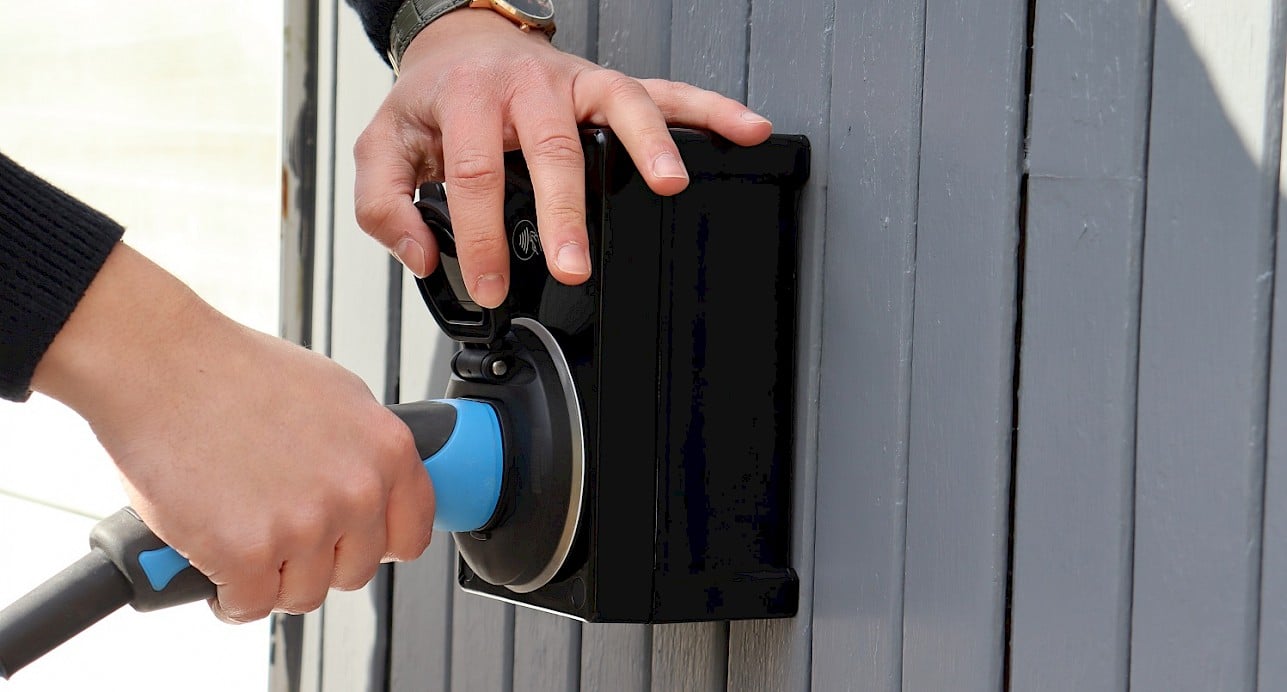
I've really enjoyed testing the Sync EV. The whole experience has been a painless one. It was easy to set up and while the app has been a little fiddly, it didn't take that long to get my head around it.
Sync EV also offers good customer service. Any questions I had were answered quickly and the knowledge of their customer support team was excellent.
This is something our own customer service team see for themselves and we know our customers have experienced too. As much as I'd like to think so, I wasn't getting any special treatment which bodes well for “real” customers.
Summary
The basics and more
Unless you are really set on having a tethered charge point, then the Sync EV does the basics well but also offers more advanced charging features including the ability to work with an energy tariff like Octopus Agile.
It's unobtrusive, reliable and has the smart app features most people would need. And if you don't want to faff around with scheduling and so on (although it's pretty easy to set up) then you can just use the “Plug and Charge” option and keep things dead simple.
Should you buy it?
If you want a charger installed that is both small and simple to use, then I can heartily recommend the Sync EV.
For the price, you may want to consider chargers such as the Ohme Home Pro or the Easee One - which is our most popular product. If you really want a tethered charge point, then your main options in this price bracket is the Ohme Home Pro.
Otherwise, the Sync EV offers really good value in a bitesize package and results in a really discreet installation.
Easee One Review
The Easee One is a great alternative to the Sync EV. Check out our review below.

